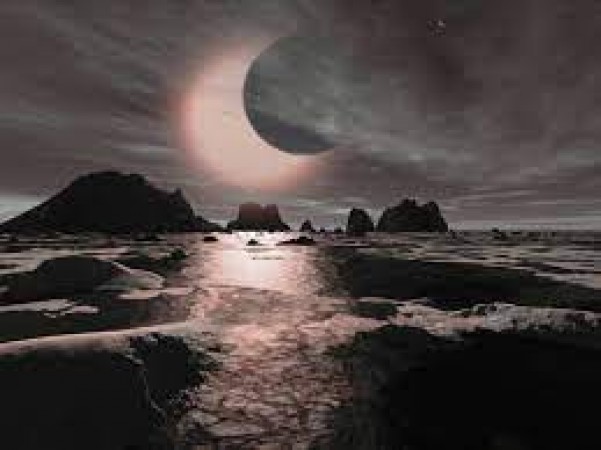
In the vast expanse of the cosmos, there's a cosmic clock ticking away, determining the ultimate fate of celestial bodies like our Sun and Earth. It's a question that has intrigued scientists and stargazers alike for generations: Which one will meet its demise first, the Sun or the Earth? Let's delve into this astronomical quandary and uncover the intriguing possibilities that lie ahead.
1. The Life of a Star
Our Sun, a middle-aged star, has been shining for approximately 4.6 billion years. It's a main-sequence star, primarily composed of hydrogen undergoing nuclear fusion in its core. This fusion process has powered the Sun and provided us with the life-sustaining energy for billions of years.
2. The Hydrogen Depletion
As the Sun continues to burn hydrogen into helium, it's gradually depleting its hydrogen reserves. This phase, known as the main sequence, has been stable for most of the Sun's life. However, all good things must come to an end, including the Sun's main-sequence phase.
3. The Red Giant Stage
In about 5 billion years, the Sun will undergo a dramatic transformation. As hydrogen in its core becomes scarce, the Sun will expand into a red giant. During this phase, it will swell to a size that engulfs the inner planets, including Earth.
4. The Helium Fusion
Inside the red giant, helium fusion will take place, creating heavier elements like carbon and oxygen. This process will continue for a few hundred million years.
5. The Helium Flash
Eventually, the helium in the core will ignite in a helium flash, expelling outer layers of the Sun into space. This expulsion will form a beautiful, glowing shell of gas called a planetary nebula.
6. The White Dwarf
After shedding its outer layers, the Sun will become a dense, Earth-sized remnant known as a white dwarf. It will slowly cool down over billions of years, eventually fading away as a cold, dark ember.
7. The Planet's Fragile Existence
While the Sun has a clear timeline, Earth's fate is intricately tied to the Sun's evolution. Our planet's existence is a fragile one, ultimately depending on the Sun's life cycle.
8. The Swallowing by the Red Giant
As the Sun expands into a red giant, Earth's surface will be scorched, and any remnants of life will be obliterated. The Earth may even be engulfed by the Sun's outer layers during this phase.
9. The Charred Remains
If Earth survives the red giant phase, it will be left as a charred, lifeless rock, orbiting the cooling white dwarf. The once-vibrant planet will be reduced to a desolate wasteland.
10. The Slow Decay
Over trillions of years, Earth will gradually lose orbital energy due to gravitational radiation. It will inch closer to the white dwarf until it finally spirals in and merges with the remnants of the Sun.
The ultimate fate of the Sun and Earth is a testament to the grandeur and impermanence of the cosmos. While the Sun's life will end in a spectacular display, Earth's fate is inexorably tied to its parent star. In the distant future, both will cease to exist, leaving behind a silent and empty expanse of space. So, who will end first, the Sun or the Earth? It's clear that the Sun's demise will precede Earth's, but both have a finite existence in the cosmic chronicle.
5 Strategies to Extend the Shelf Life of Your Tomatoes
Tips for Extending the Shelf Life of Avocados
Avoid These Foods When Consuming Milk to Reduce the Risk of Heart Attack